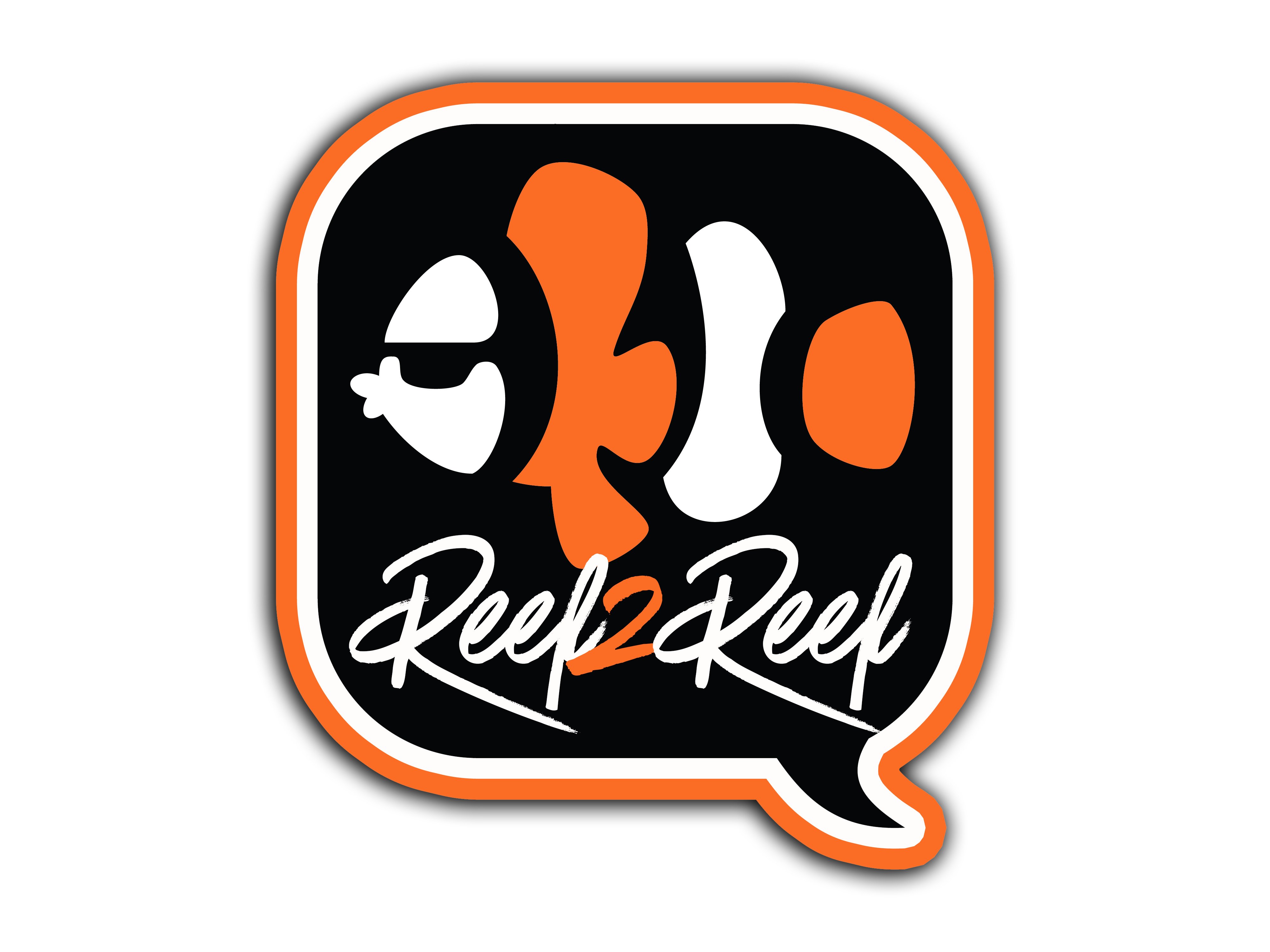- Joined
- Nov 12, 2017
- Messages
- 13
- Reaction score
- 8
Hello. I got my Lineatus wrasse almost 2 weeks ago from a LFS. He has been in my QT with a couple other wrasses I bought on divers den. They all went into QT at the same time. The Lineatus was eating like a complete pig for the first week.
On Wednesday the 14th I noticed he had white markings on both his sides and he had flashed against the pvc pipe a couple times. A couple of scales were on the floor of the QT. He wasn't very interested in food. I dosed the QT with Rally Ruby Reef over the next 3 days, as advised on the bottle. On the second day of dosing, his appetite had returned. I didn't dose the tank Saturday or Sunday since he seemed to be doing better and the bottle said to dose for 3 days. He was eating fine again and didn't look worse.
This morning I woke up to him laying on his side, breathing heavily, and looking worse. He hasn't eaten food all day. I dosed the tank again in the morning with the Rally Ruby Reef. I was going to dose his food with metroplex, kanaplex, and focus, but haven't since he isn't eating. I was thinking he might have some kind of bacterial infection, but I don't know.
Is there anything else I can do for him? I have a number of medications on hand such as cupramine, furan-2, general cure, prazipro, ich attack, maracide, melafix, pimafix, maracyn oxy, methylene blue, and quick cure.
The first 2 pictures are from Friday. The other 3 are from this evening. Thank you for the help.





On Wednesday the 14th I noticed he had white markings on both his sides and he had flashed against the pvc pipe a couple times. A couple of scales were on the floor of the QT. He wasn't very interested in food. I dosed the QT with Rally Ruby Reef over the next 3 days, as advised on the bottle. On the second day of dosing, his appetite had returned. I didn't dose the tank Saturday or Sunday since he seemed to be doing better and the bottle said to dose for 3 days. He was eating fine again and didn't look worse.
This morning I woke up to him laying on his side, breathing heavily, and looking worse. He hasn't eaten food all day. I dosed the tank again in the morning with the Rally Ruby Reef. I was going to dose his food with metroplex, kanaplex, and focus, but haven't since he isn't eating. I was thinking he might have some kind of bacterial infection, but I don't know.
Is there anything else I can do for him? I have a number of medications on hand such as cupramine, furan-2, general cure, prazipro, ich attack, maracide, melafix, pimafix, maracyn oxy, methylene blue, and quick cure.
The first 2 pictures are from Friday. The other 3 are from this evening. Thank you for the help.



















